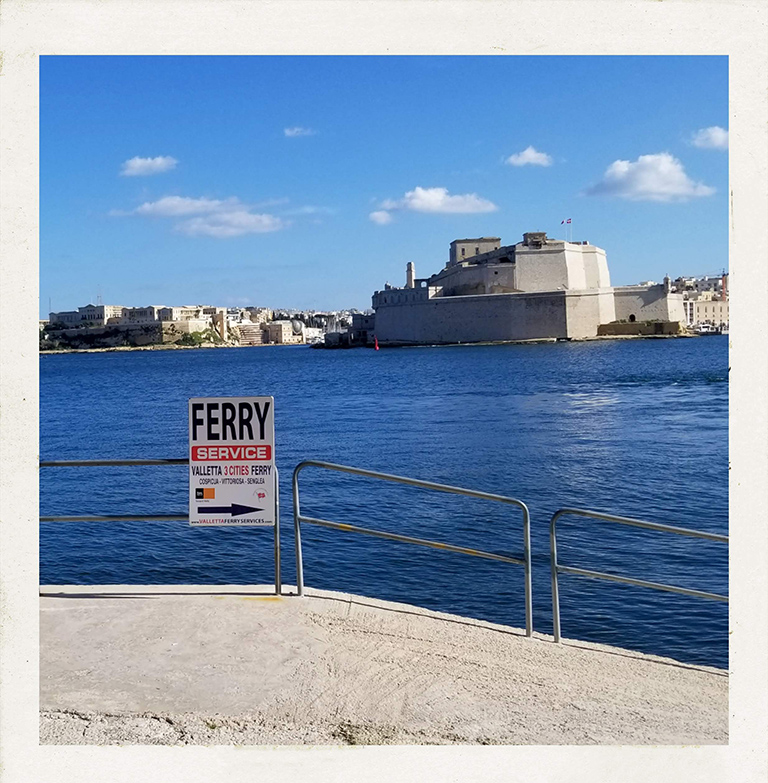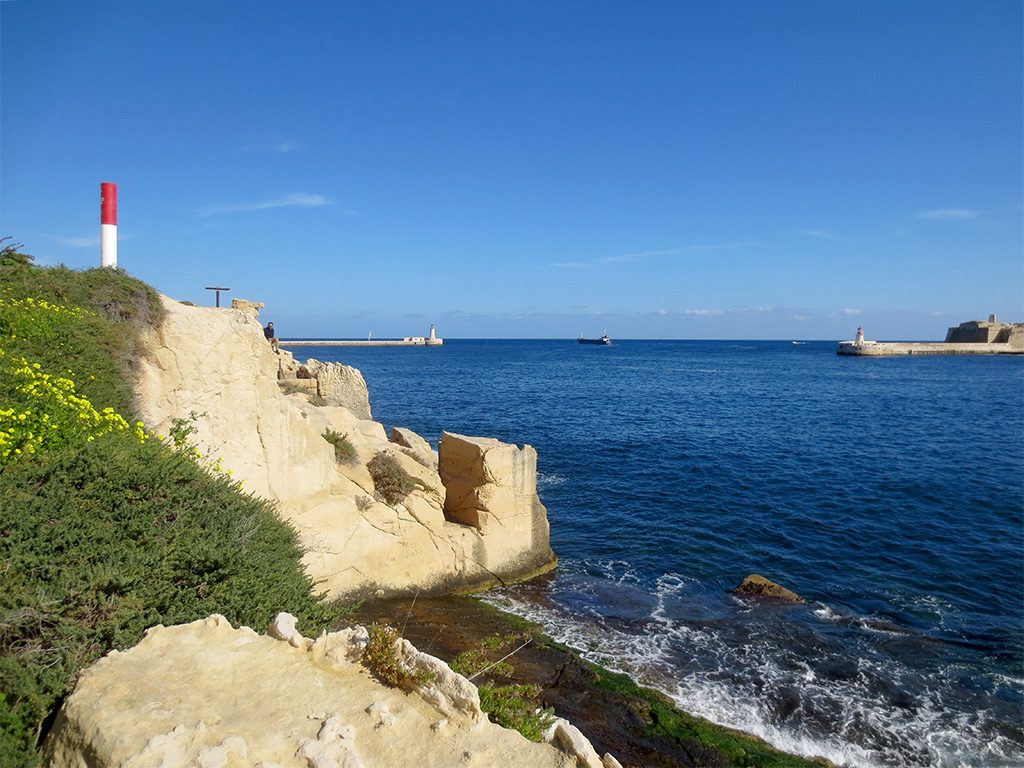
On our first full day in Valletta, we took a meandering walk along the southeastern shore of the Grand Harbour, starting around Fort St. Elmo and heading down to the Three Cities ferry docks.
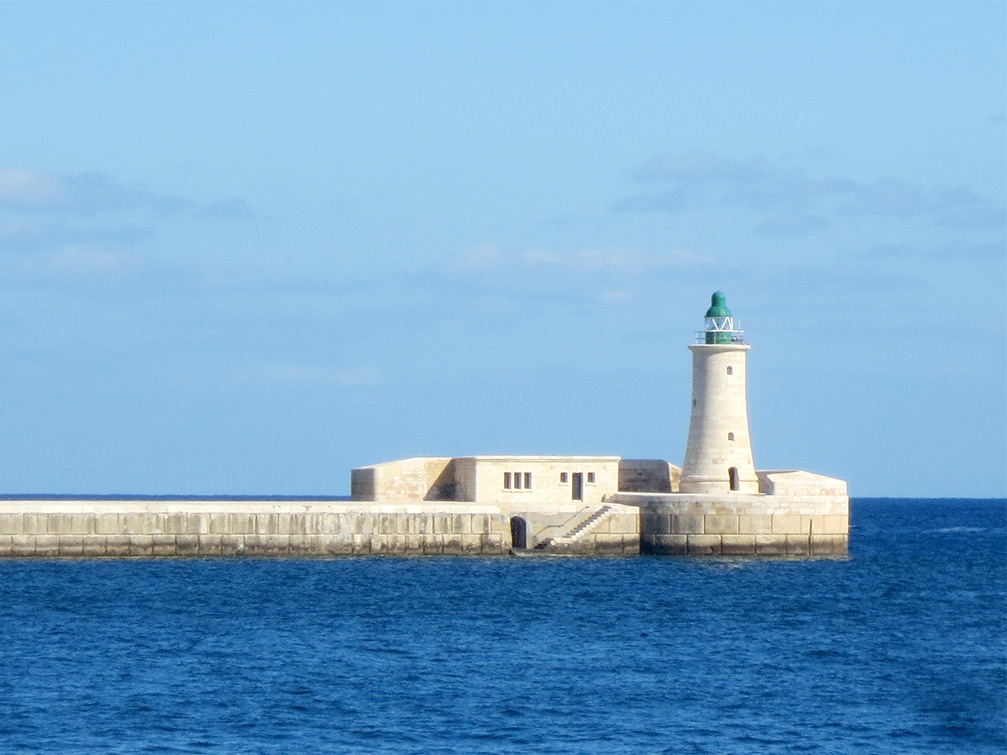
After passing along the edge of the fort stopping to glance at the ruins of the sadly now-demolished Chapel of Bones, we noticed a steep staircase cutting down to the water. We took it.
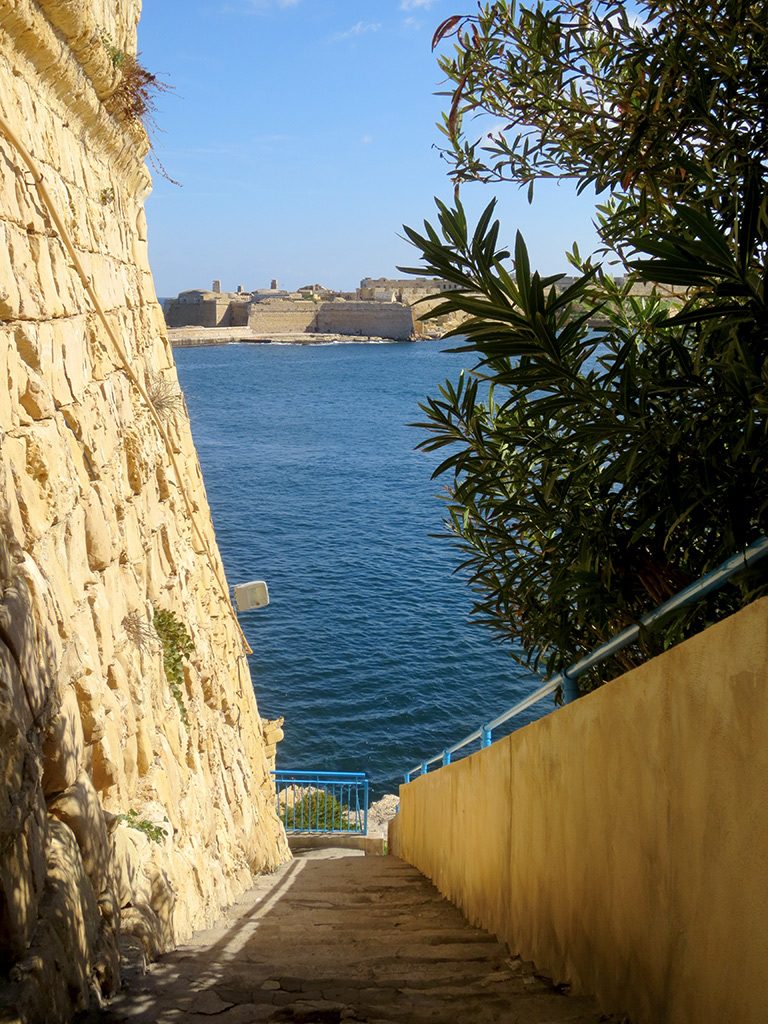
At the bottom we found a long area of narrow paths and staircases that connected the rocky shores beneath the city fortifications, where the waves hit the land. There was nothing between us and the water aside from some occasional railings, but with common sense it seemed safe.
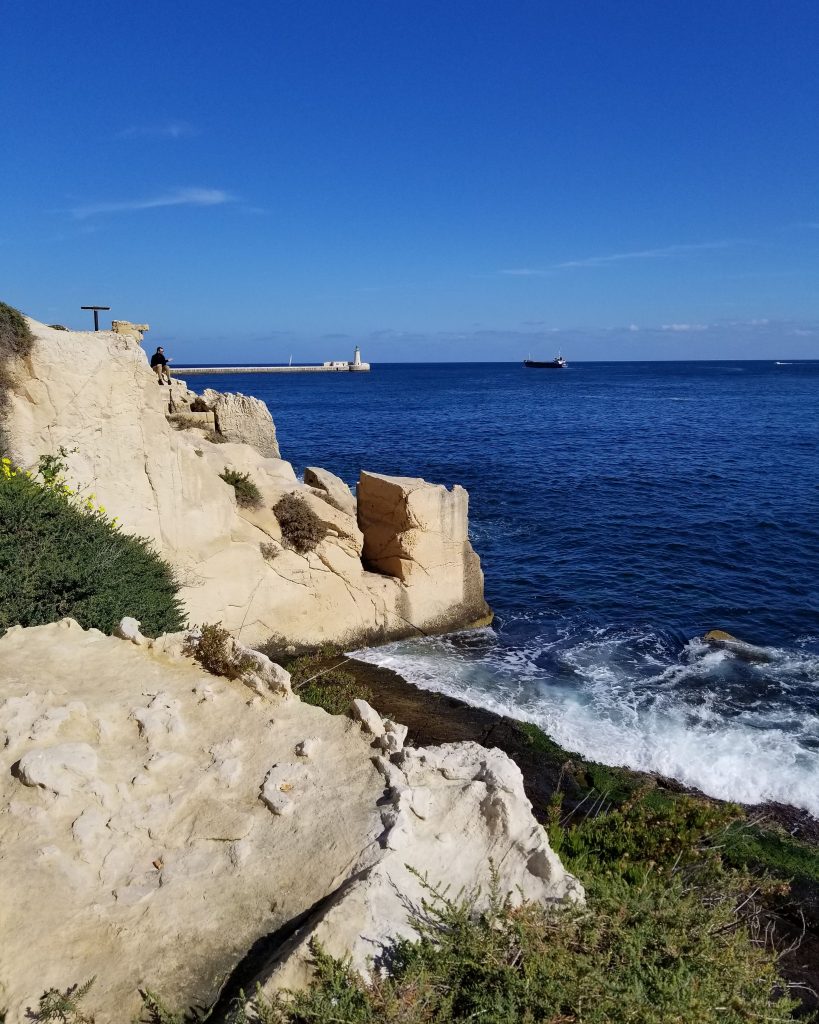
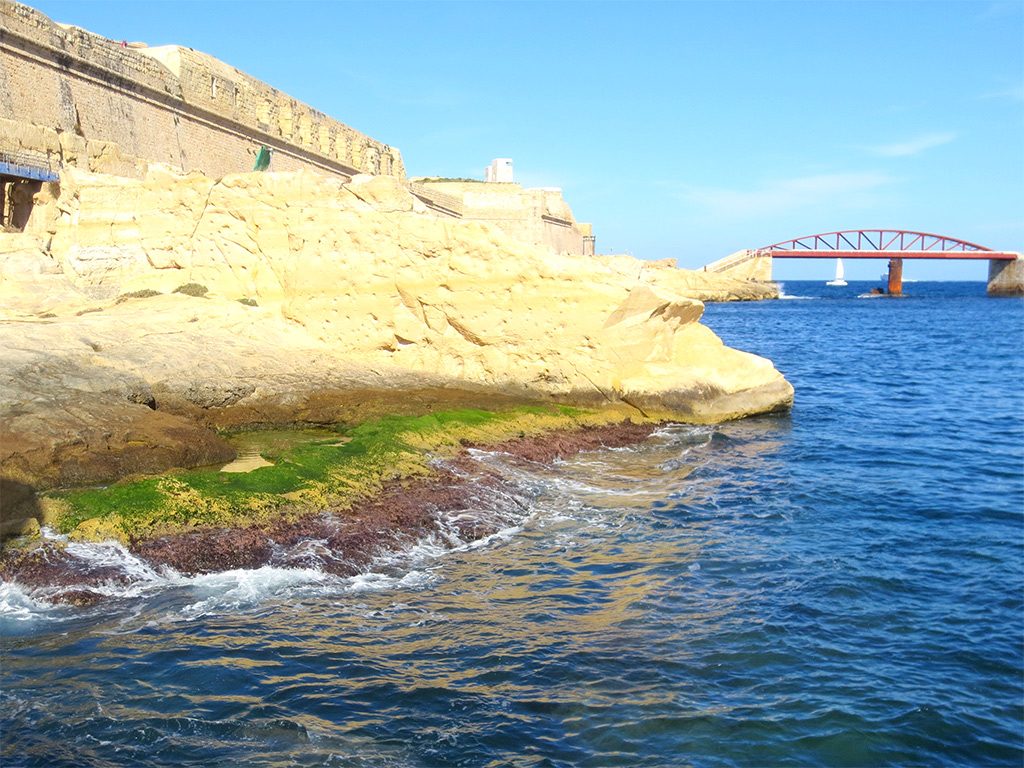
We came across part of the old Boom Defence systems, which were used to stretch a metal net across the harbour to prevent ships from entering. This was regularly raised and lowered during WWII to enable allied boats to enter and leave while blocking German submarines from sneaking in.
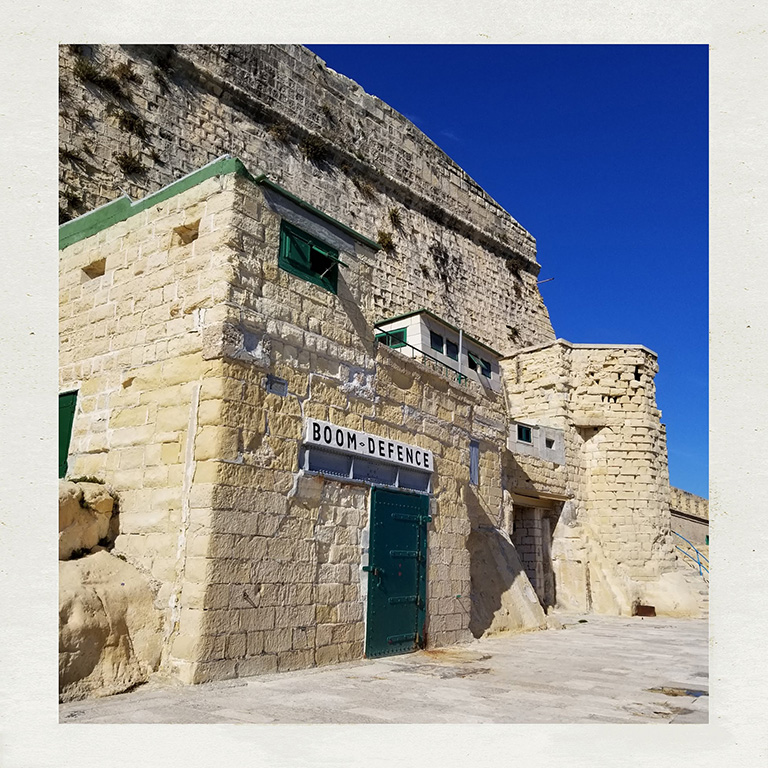
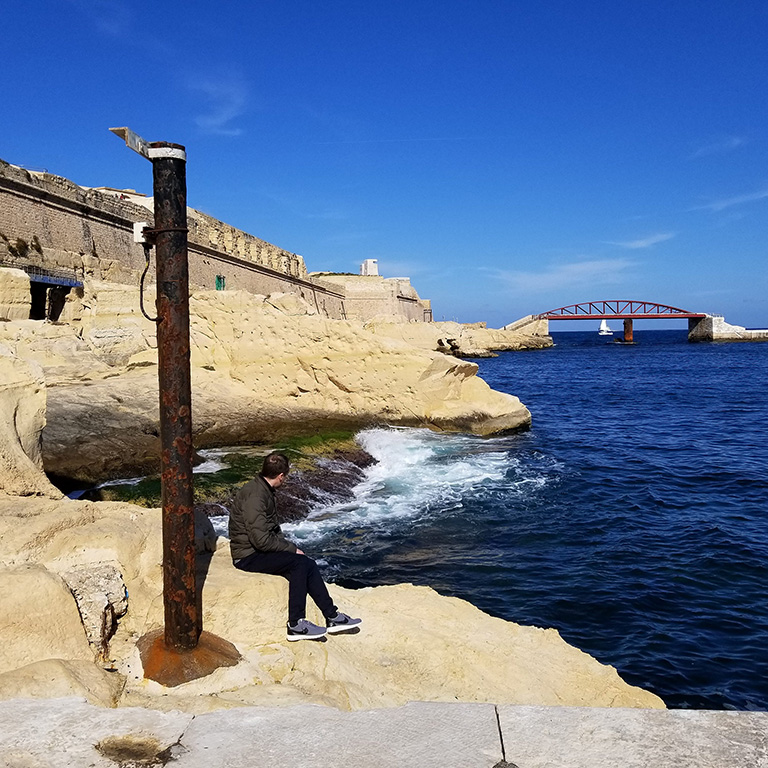
Slightly further along, we found ourselves in an area of small huts which seemed to be used by fisherman or vacationers. It was a very tranquil setting only a short distance from the heart of the city.
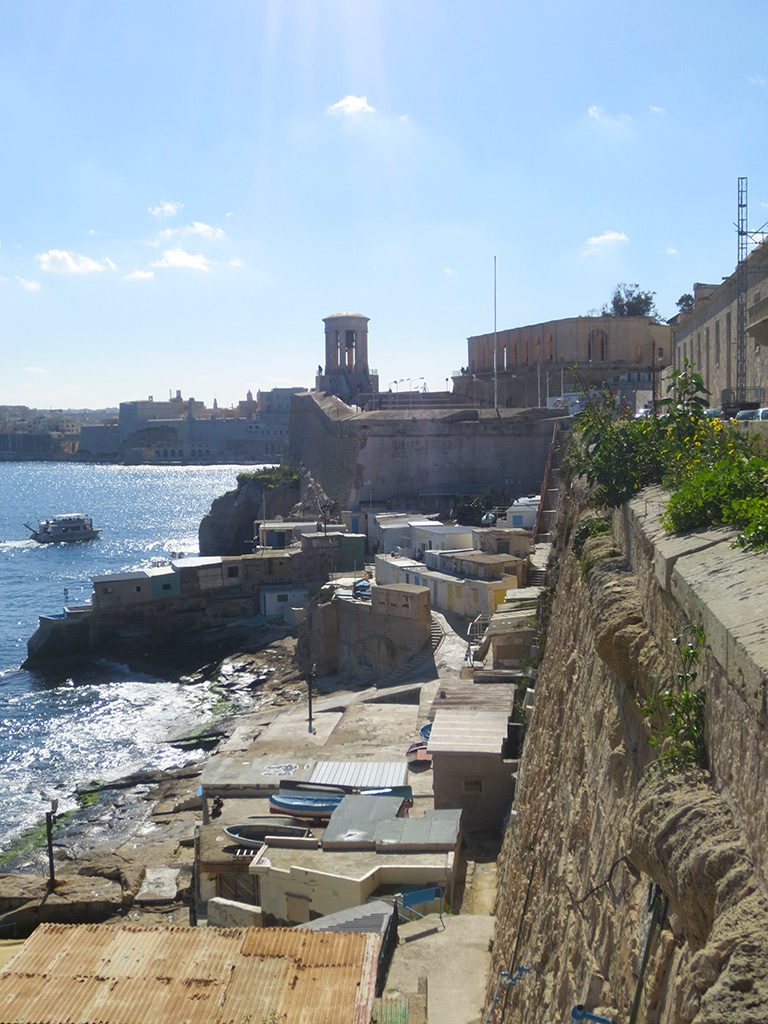
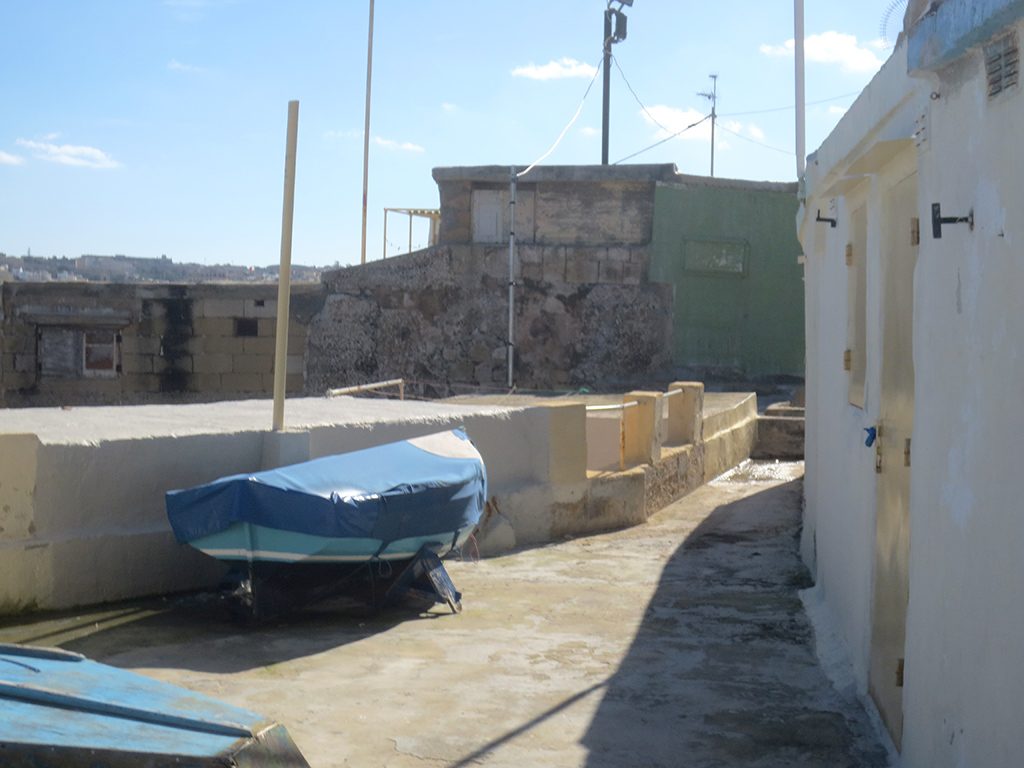
A small sign on this one says “Beer House”. It’s about 20 feet from the water.
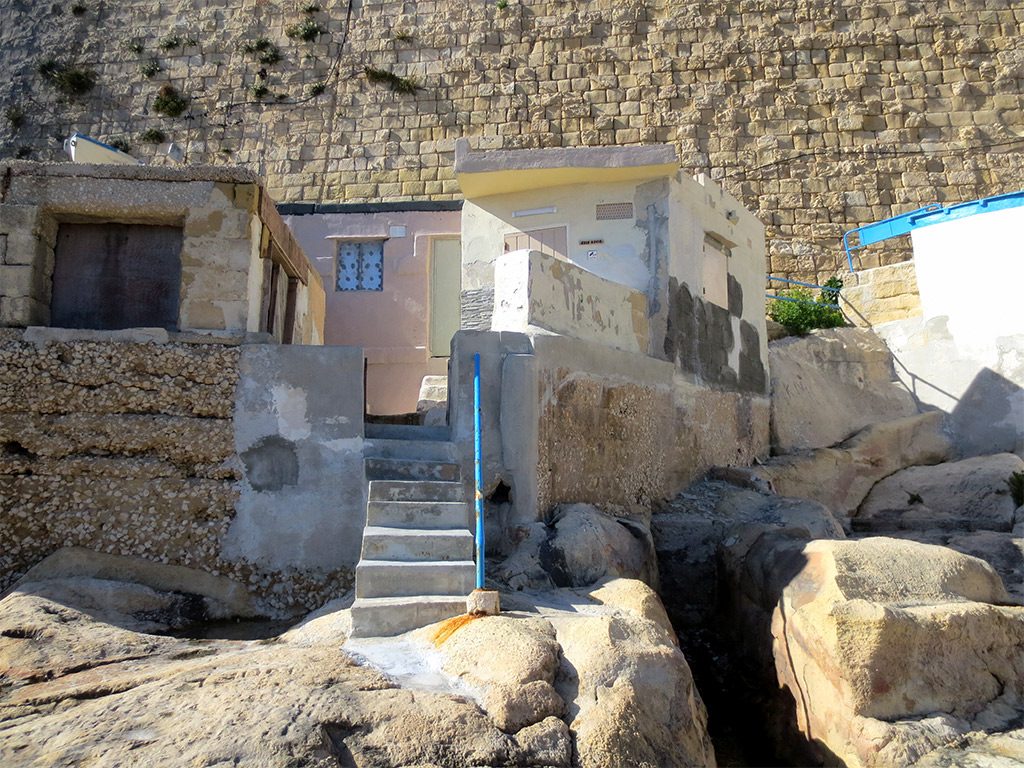
A guy came out of a building and put some food down for these two cats, who already looked more than well-fed.
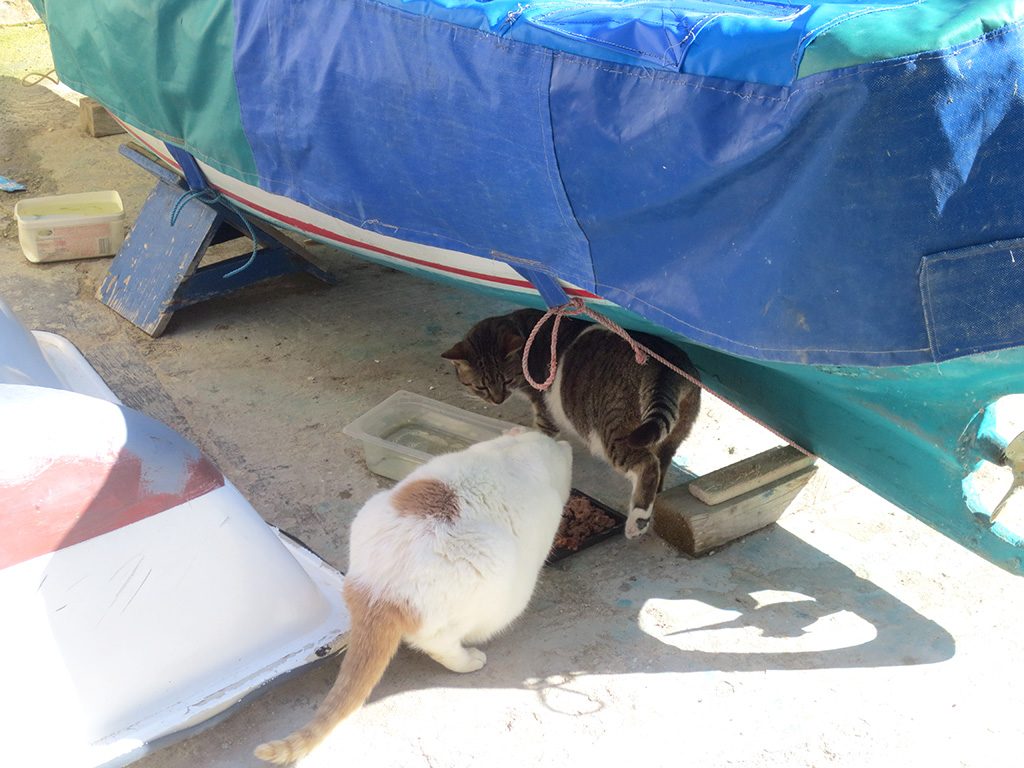
Views straight across the harbour were of the Three Cities on the other side — Cospicua, Vittoriosa (aka Birgu) and Senglea, parts of which are also protected by intimidating fortresses.
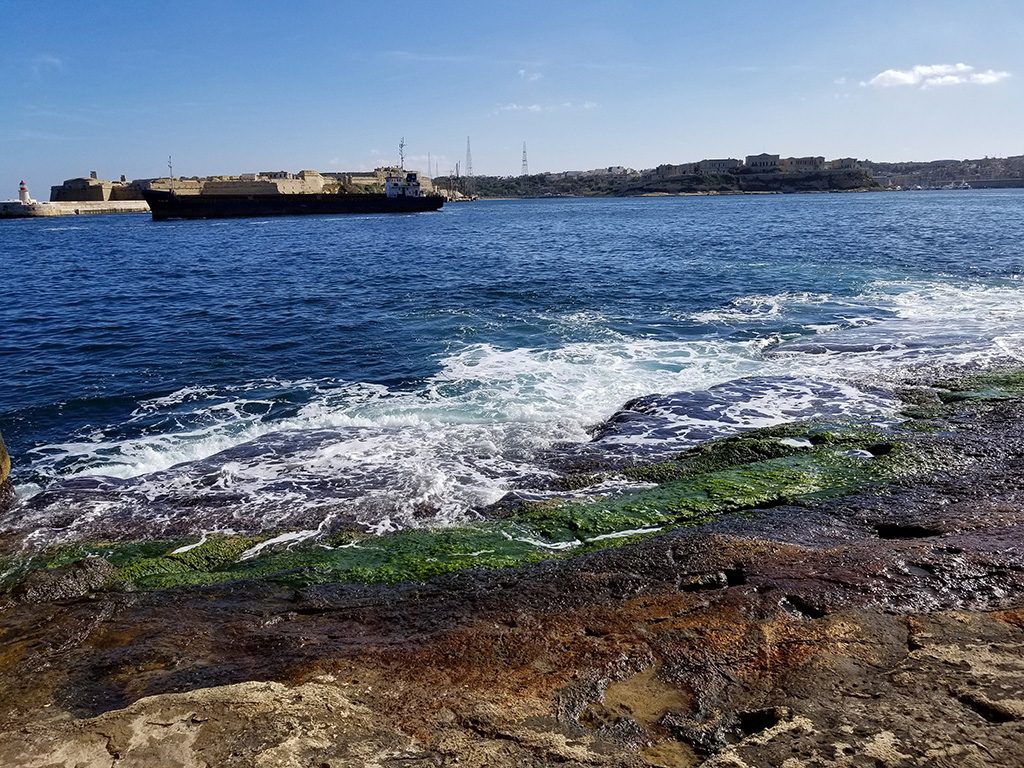
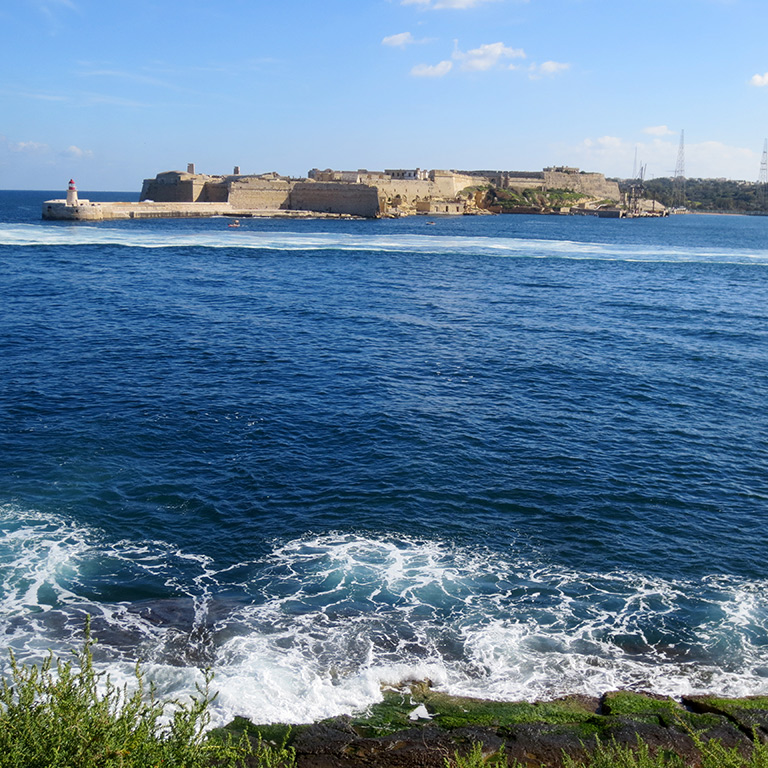
At one point there was a deep, rectangular channel cut into the rocks. It’s unclear what purpose it might have served, but the waves surged into it hard.
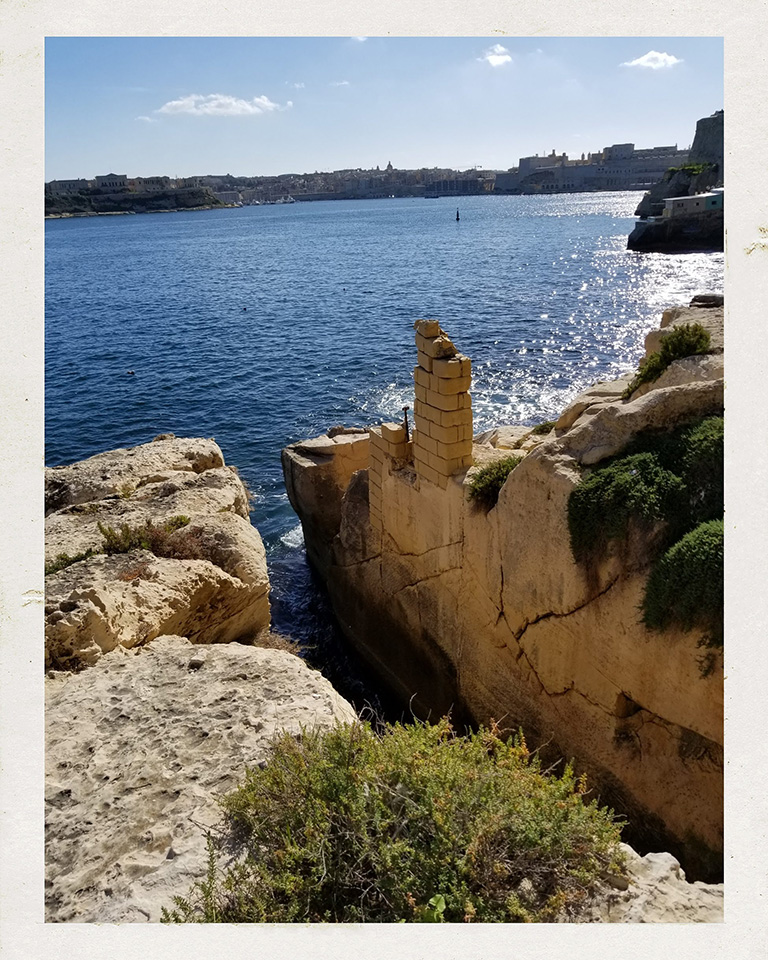
Eventually, the staircases started taking us back upwards, and soon we were looking down on the huts we’d just been meandering through.
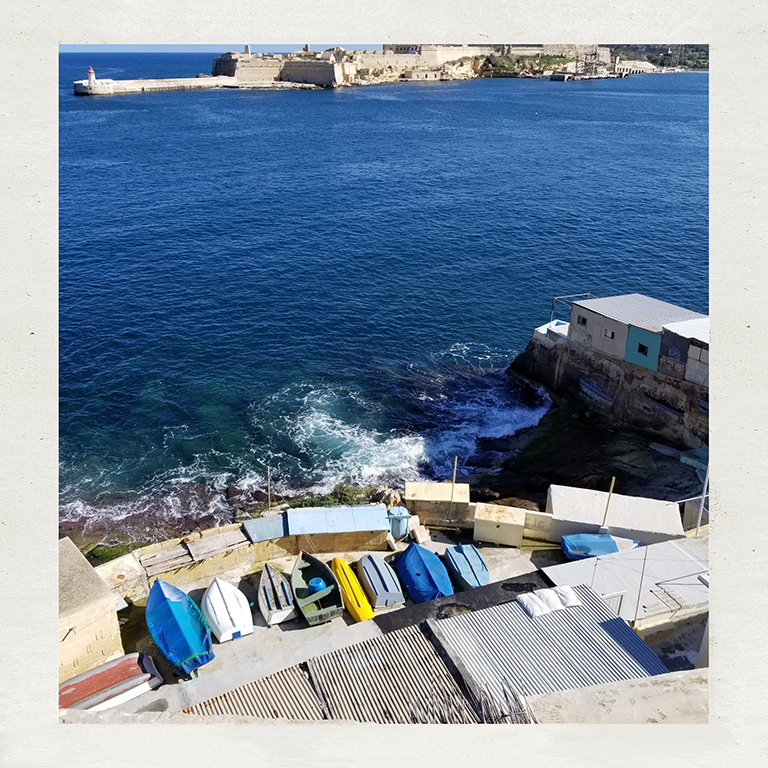
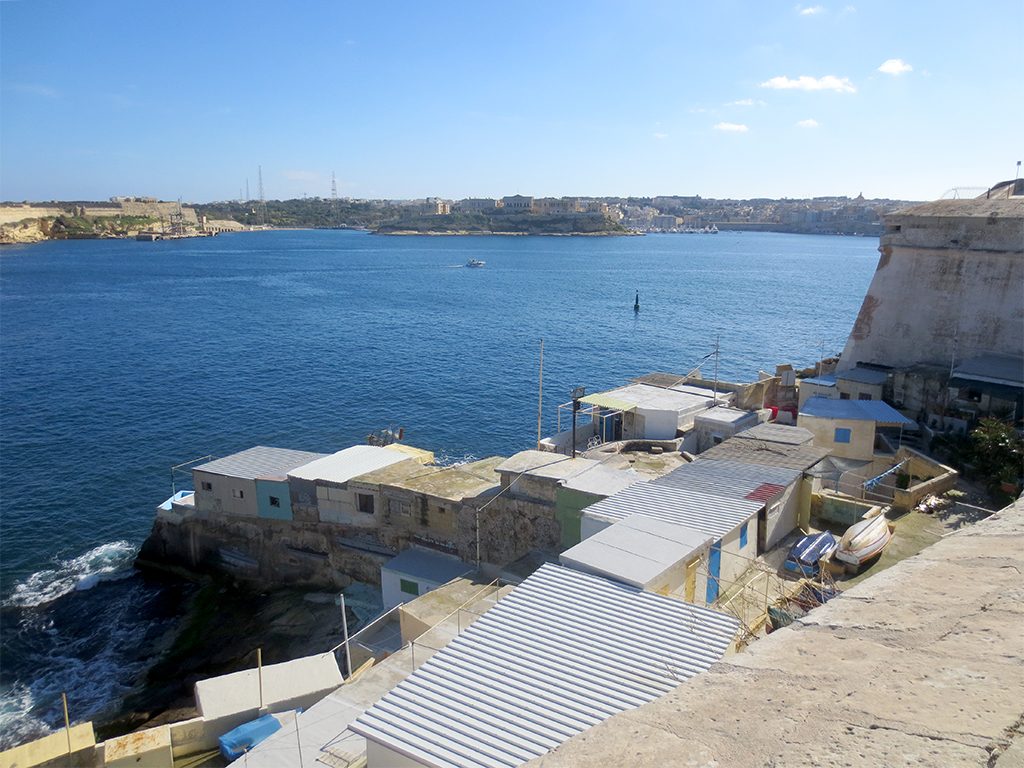
Climbing back up towards civilization, we found ourselves at the Siege Bell memorial. This honours the over 7,000 Maltese citizens and military servicemen who died during the relentless Italian and German air raids of WWII.
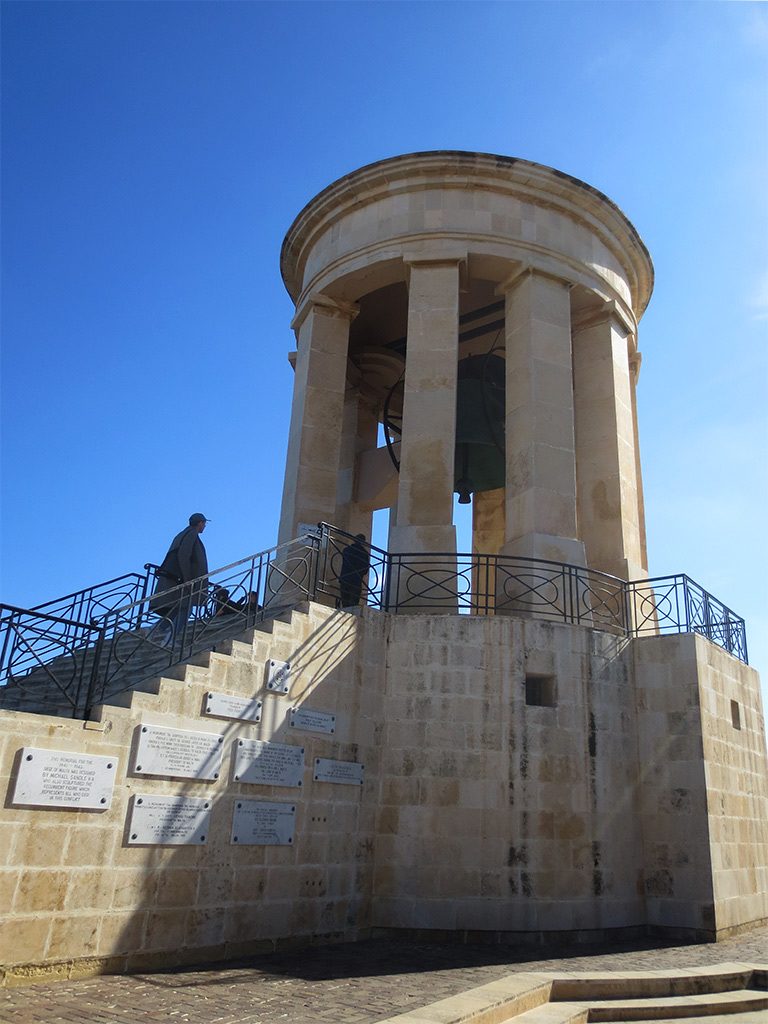
Malta, then a British colony, found itself next to Axis Italy and was heavily bombed from within days of the beginning of the war. The worst was the 1942 Siege of Malta when there were 154 days of continuous bombing during which no supplies could arrive on the islands. After the war all Maltese citizens were awarded the George Cross for heroism.
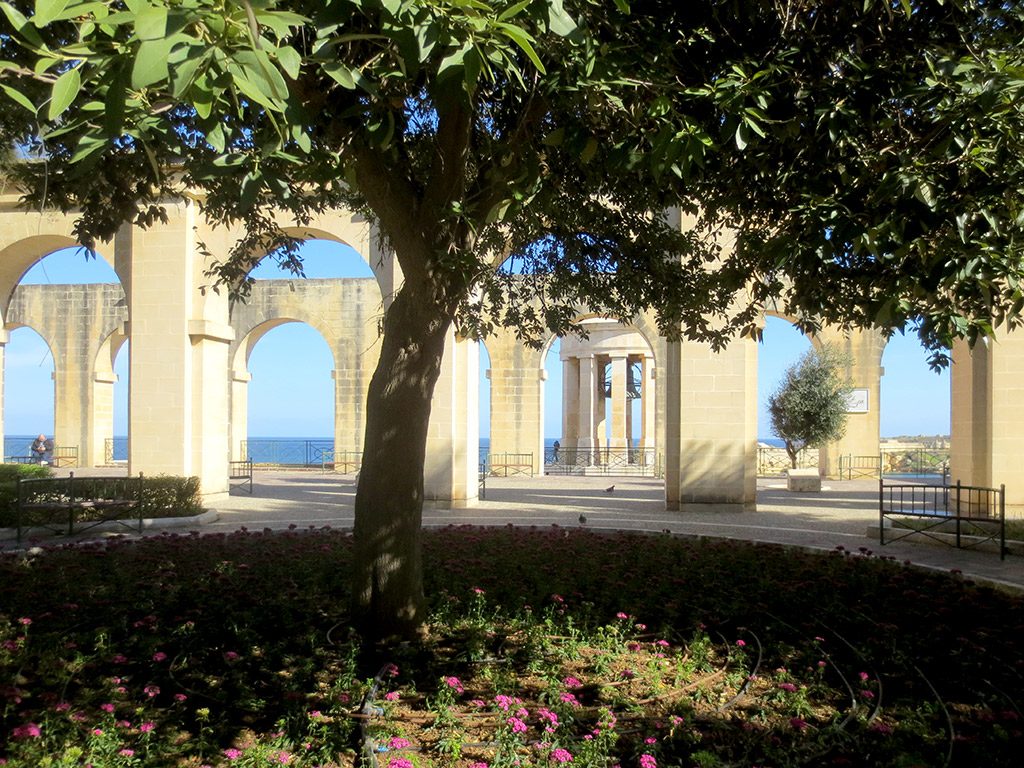
We passed through the Lower Barrakka Gardens, an equally attractive twin to the Upper Barrakka Gardens we had visited the day before.
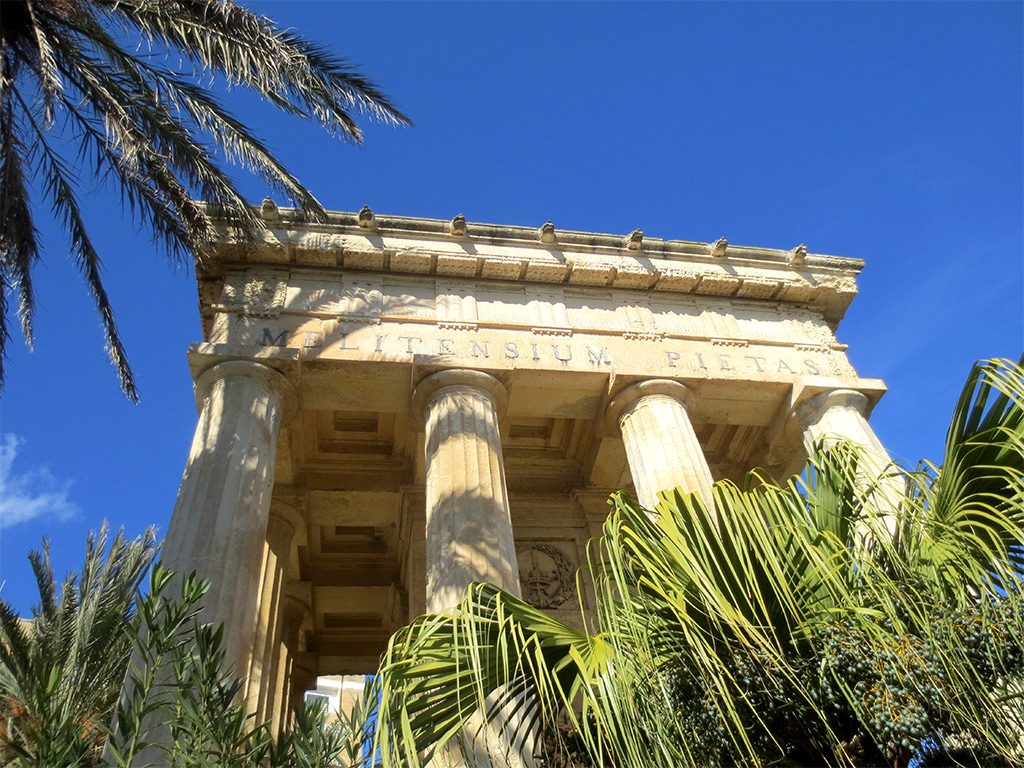
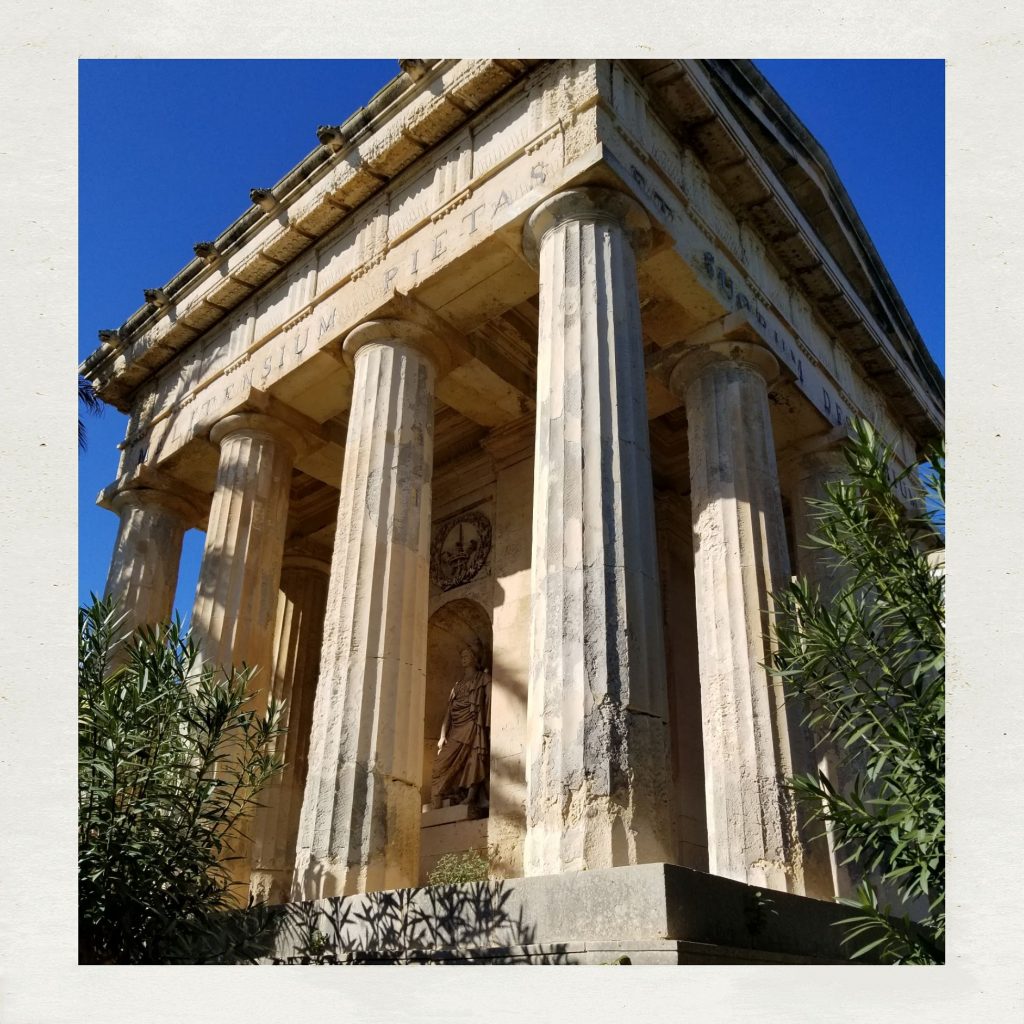
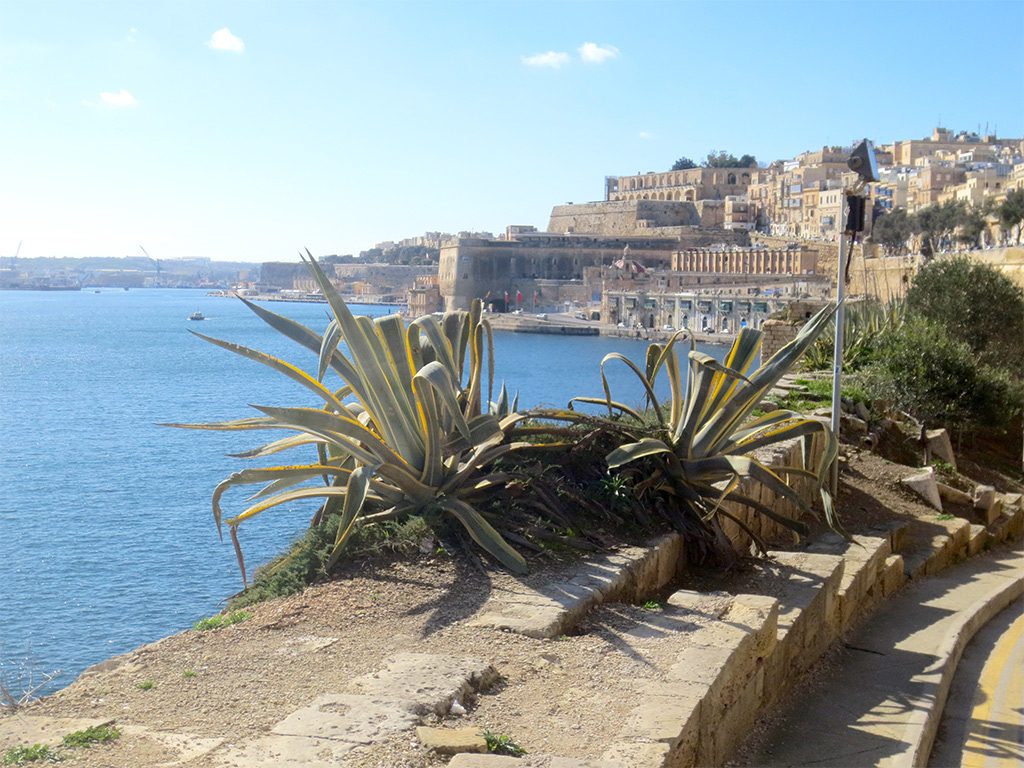
After pausing for beer and water at a kiosk cafe adjacent to the gardens, we carried on past the Victoria Gate, built by the British in 1885 to mark what was then the main entrance to the city.
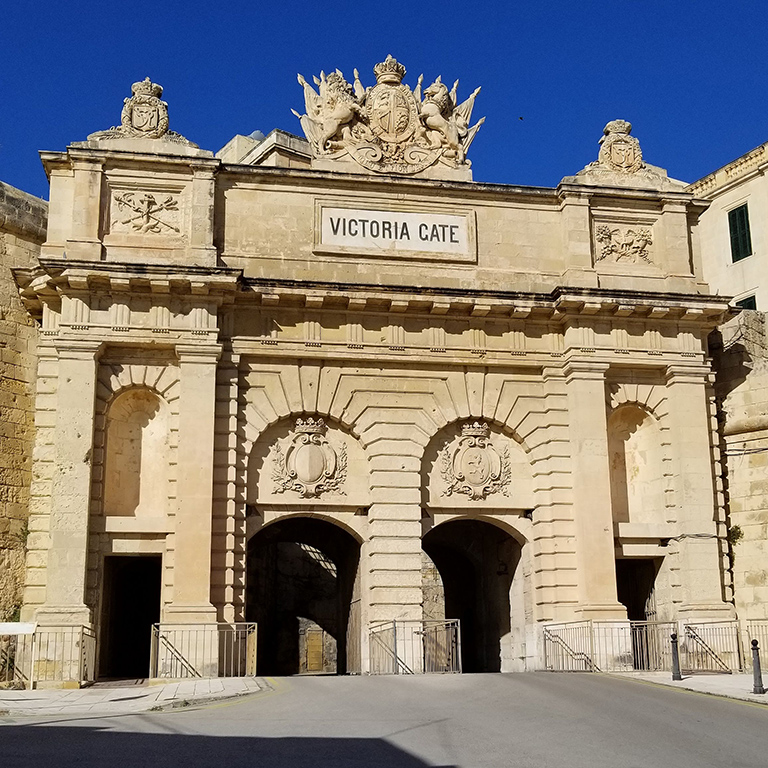
Near the gate was a long staircase, empty at that moment aside from a slinking cat.
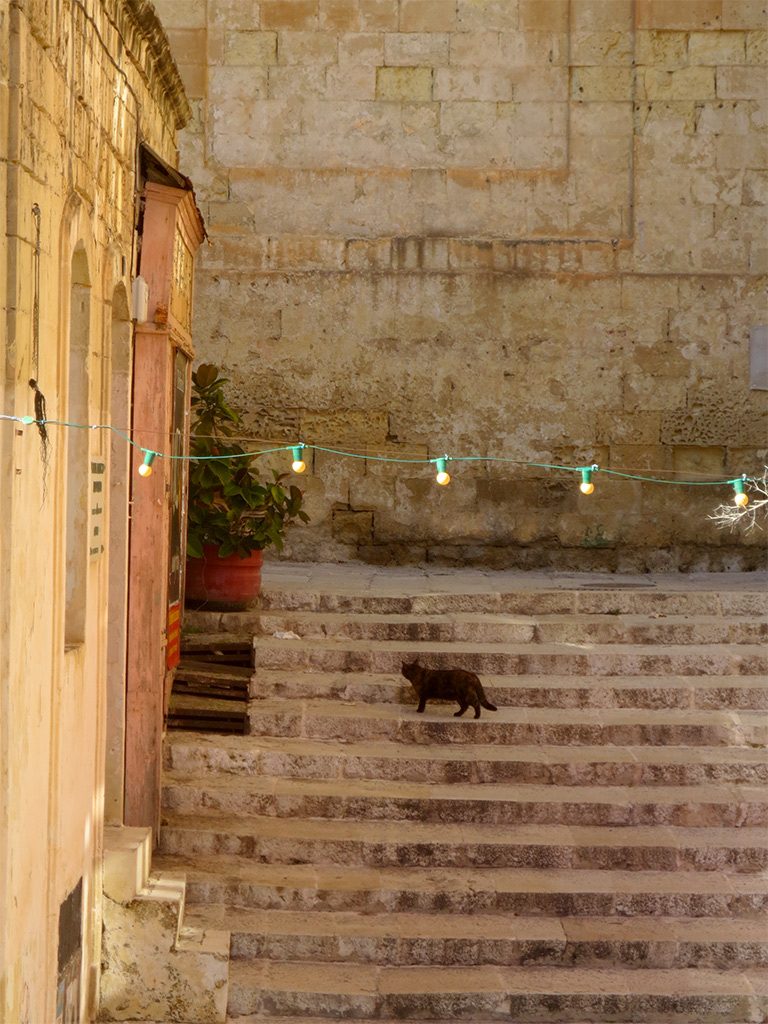
But we cut down to the shore again, passing along Ta’ Liesse Hill road, which was lined with small, rustic shop stalls. These are apparently in the process of being restored, and in fact behind the rustic exteriors we saw glimpses of modern glass windows and studios inside. I hope they don’t blandify this area too much.
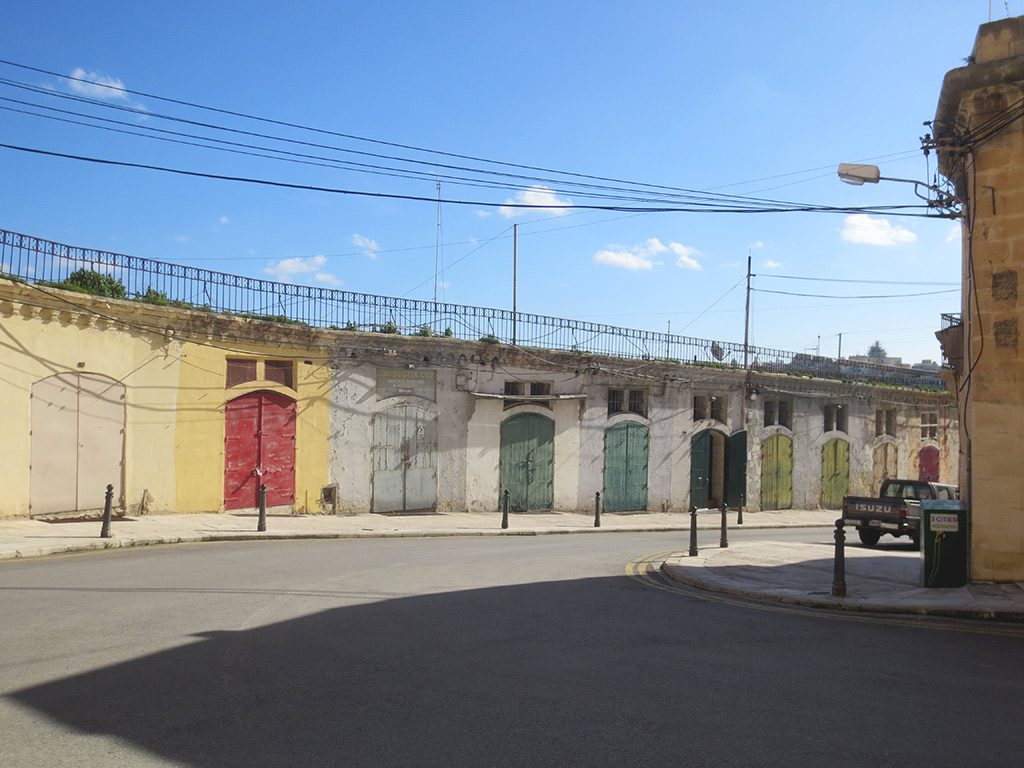
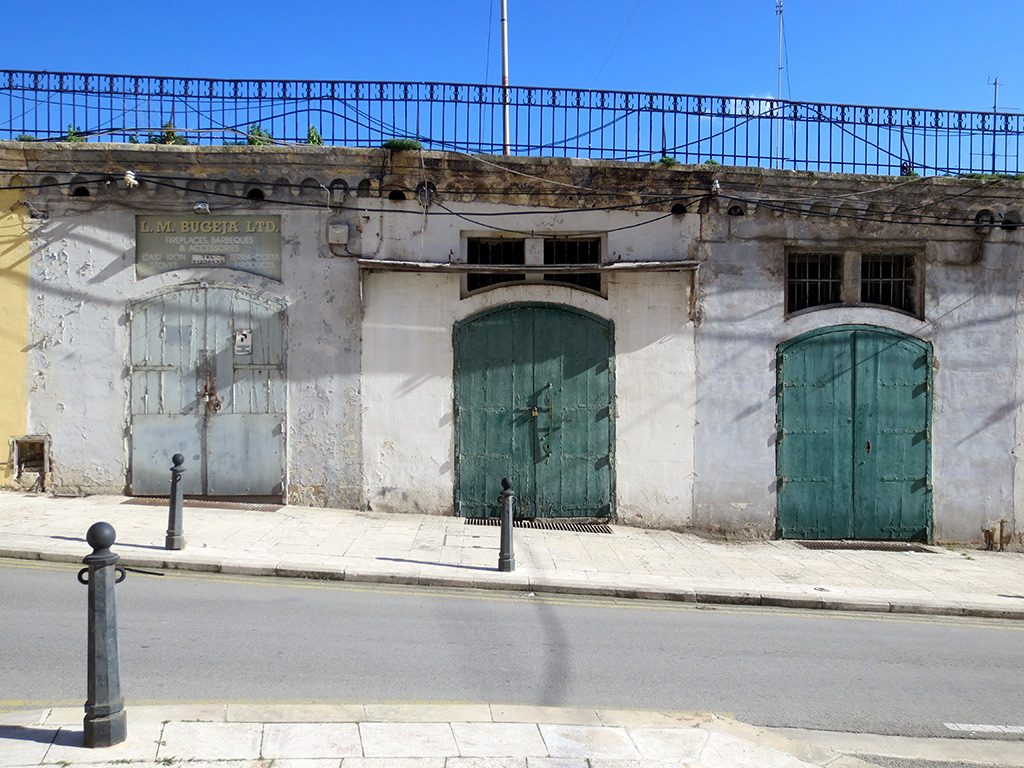
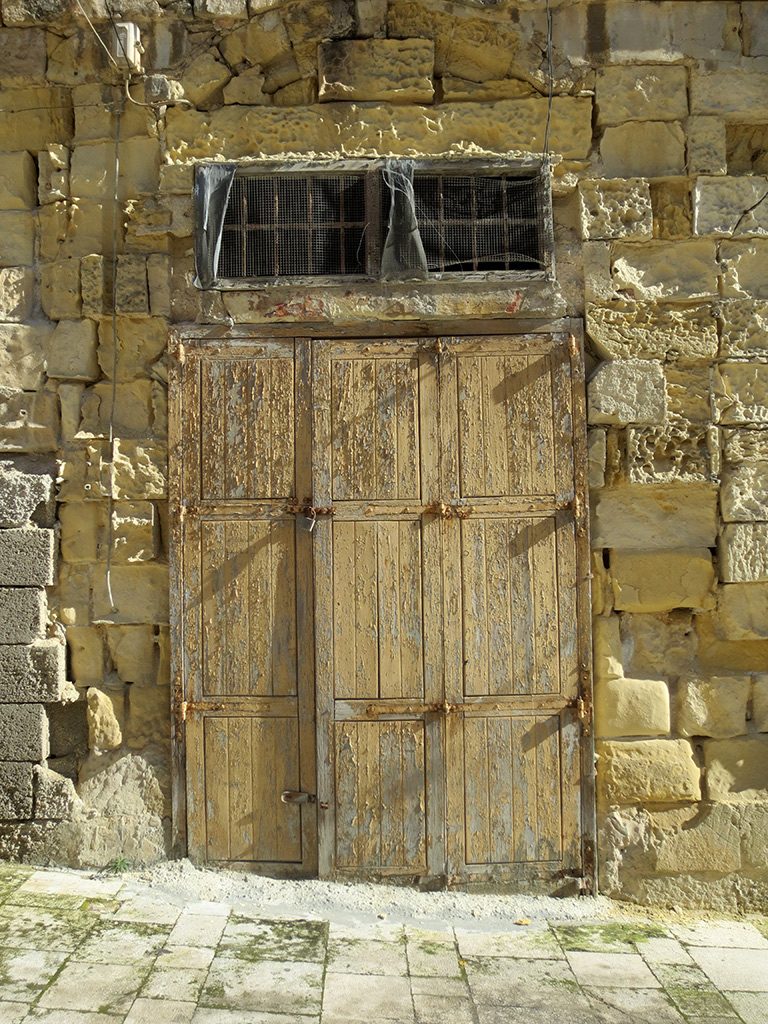
After our very surprising walk, we reach our destination — the port for the commuter ferry that would take us across to Vittoriosa.
